A wrench is an essential tool in any toolbox, commonly used for tightening or loosening nuts, bolts, and other fasteners. With a variety of types available, each designed for specific applications, understanding the different types, their uses, and proper maintenance is crucial for efficient and safe use. Let's explore the world of wrenches, from their various types to their uses and maintenance requirements.
A wrench, also known as a spanner in some regions, is a hand tool designed to provide grip and mechanical advantage for turning nuts, bolts, and fasteners. Wrenches come in various sizes and shapes, each tailored to fit specific fastener types and sizes. From the classic adjustable wrench to specialized torque wrenches, there's a wrench for every job.
C Type Adjustable Wrench with Grip
There are several types of wrenches, each suited for different tasks:
Adjustable Wrench: Features an adjustable jaw, allowing it to fit a variety of fastener sizes. Ideal for general-purpose use.
Combination Wrench: Has an open-end jaw on one side and a box-end (closed) jaw on the other, providing versatility for different types of fasteners.
Socket Wrench: Uses interchangeable sockets to fit various fastener sizes. Comes in manual (hand-driven) and powered (electric or pneumatic) versions.
Allen Wrench (Hex Key): Has a hexagonal (hex) tip, used to drive hexagonal socket screws or bolts.
Torque Wrench: Designed to apply a specific amount of torque to a fastener, critical for applications requiring precise tightening, such as automotive work.
Pipe Wrench: Features serrated jaws and an adjustable handle, primarily used for gripping and turning pipes and fittings.
Wrenches have a wide range of applications across various industries and tasks:
Assembly and Disassembly: Wrenches are essential for assembling and disassembling machinery, equipment, furniture, and other structures.
Maintenance and Repair: Wrenches are used for routine maintenance and repair tasks, such as tightening loose bolts, changing automotive parts, and fixing plumbing fixtures.
Construction: Wrenches play a crucial role in construction projects, including building assembly, structural installation, and plumbing and electrical work.
Automotive and Mechanical Work: Wrenches are indispensable in automotive repair shops, factories, and mechanical workshops for servicing engines, transmissions, brakes, and other components.
Home Improvement: Wrenches are handy tools for DIY home improvement projects, including furniture assembly, appliance repair, and installation of fixtures and fittings.
Proper maintenance is essential to keep wrenches in good working condition and prolong their lifespan:
Cleanliness: After each use, wipe down wrenches with a clean cloth to remove dirt, grease, and debris. Clean any residue from the jaws and moving parts to prevent corrosion.
Lubrication: Apply a light coat of lubricating oil to the moving parts of the wrench, such as the hinge joint or adjustable mechanism, to prevent rust and ensure smooth operation.
Storage: Store wrenches in a dry, climate-controlled environment to protect them from moisture and humidity, which can cause rust and corrosion. Use a toolbox or hanging rack to keep wrenches organized and easily accessible.
Inspect for Damage: Regularly inspect wrenches for signs of wear, damage, or deformation. Replace any worn or damaged wrenches to maintain safety and effectiveness during use.
When using wrenches, observe the following safety precautions to prevent accidents and injuries:
Always use the correct type and size of wrench for the task at hand to avoid damaging fasteners or the wrench itself.
Apply force gradually and evenly when turning fasteners to prevent slipping or rounding of bolt heads.
Ensure proper footing and stability when using wrenches, especially when applying significant torque or force.
Avoid using damaged or worn wrenches, as they may fail under load and cause injury or damage.
Wear appropriate personal protective equipment (PPE), such as gloves and eye protection, when using wrenches to prevent injuries from flying debris or sharp edges.
By understanding the different types of wrenches, their uses, and proper maintenance techniques, you can ensure that your wrenches remain reliable and effective tools for a wide range of tasks.
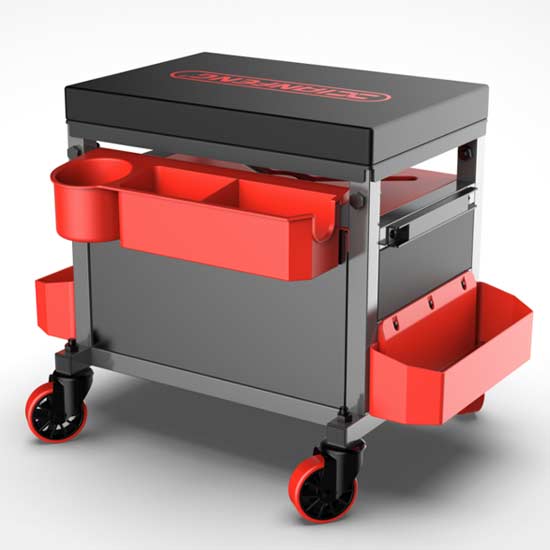 Tool seat
Tool seat
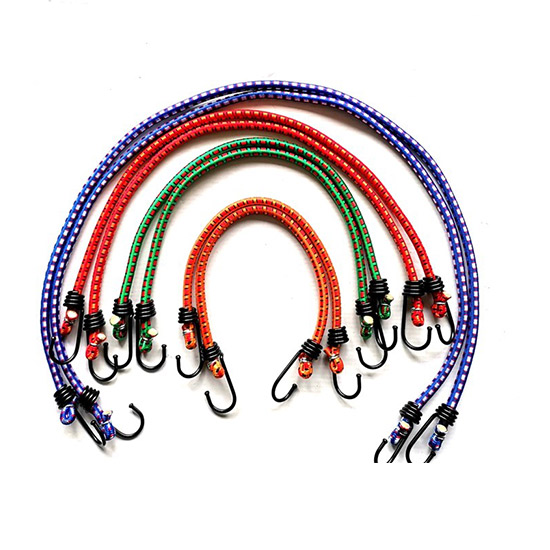 Stretch Cord
Stretch Cord
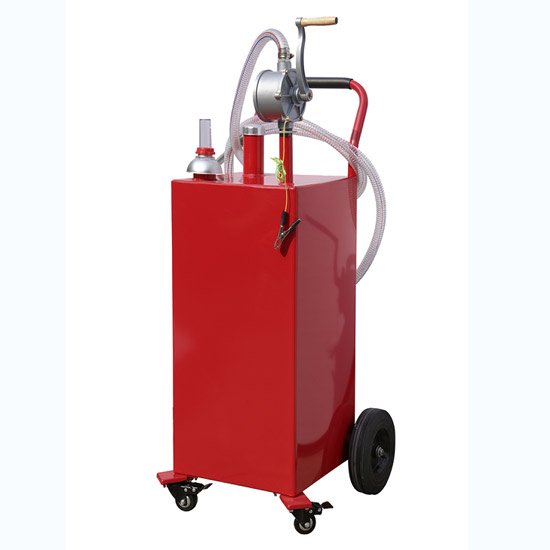 Oil Pump
Oil Pump
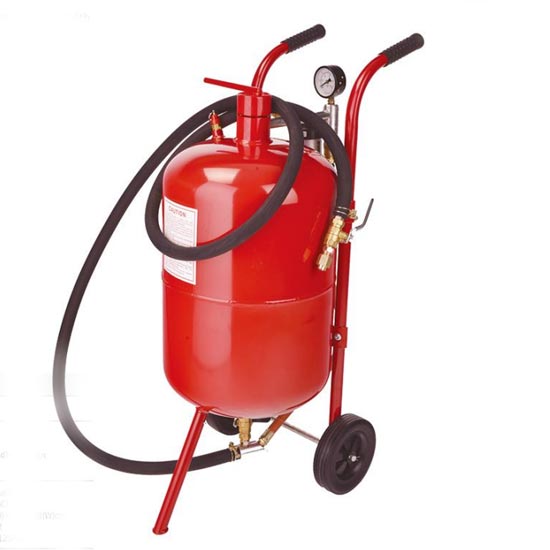 Sandblast Pot
Sandblast Pot
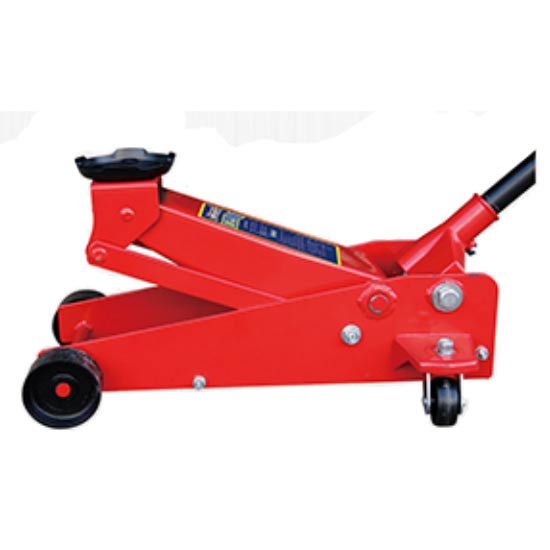 2.25 Ton Hydraulic Floor Jack
2.25 Ton Hydraulic Floor Jack
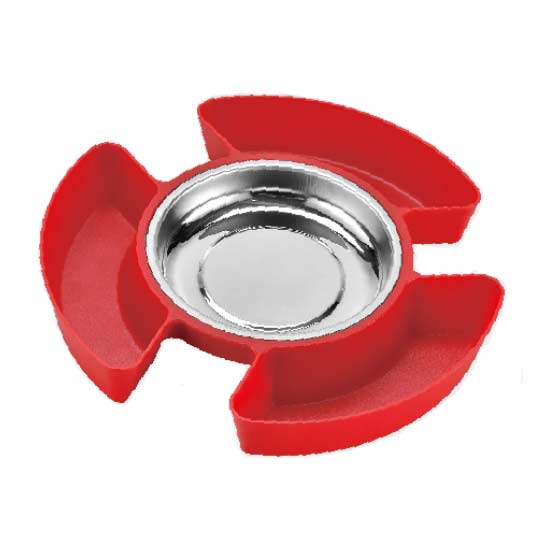 Magnetic Tray With Tool Plate
Magnetic Tray With Tool Plate
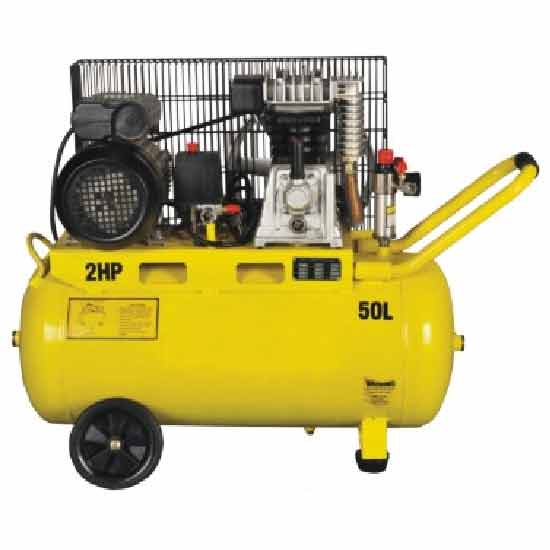 Single-stage Air-cool Movable Air Compressor
Single-stage Air-cool Movable Air Compressor
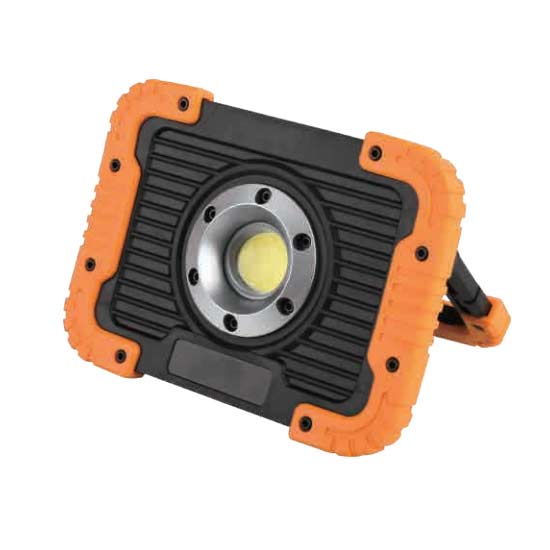 10W Rechargeable Led Flood Light
10W Rechargeable Led Flood Light
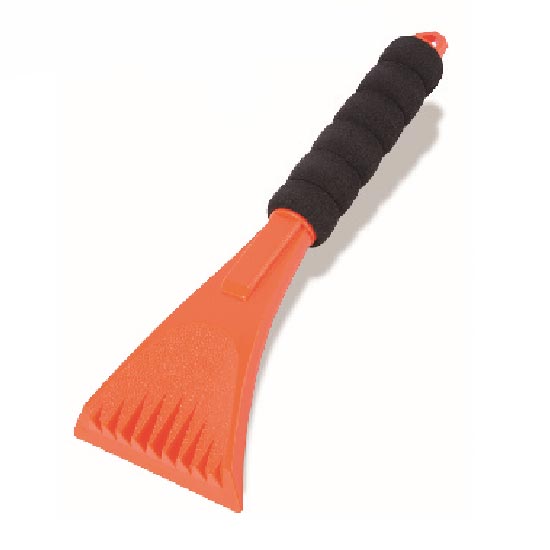 Ice Scraper
Ice Scraper
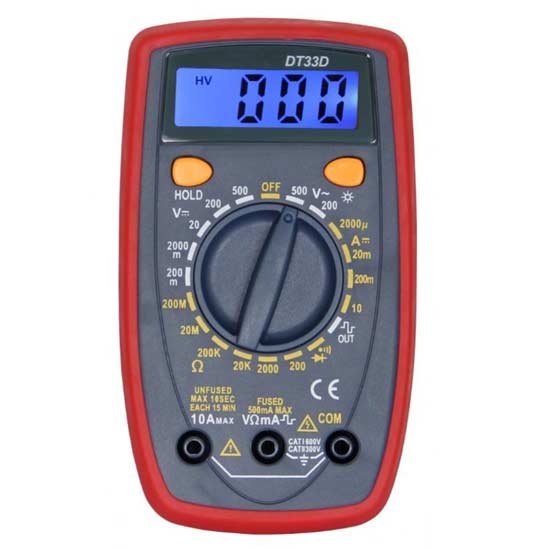 Small Multimeter with Backlight
Small Multimeter with Backlight
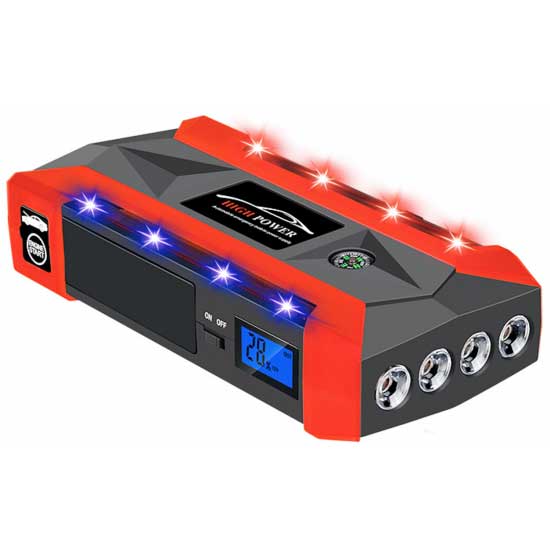 Jump Starter With 4 Led Lights
Jump Starter With 4 Led Lights
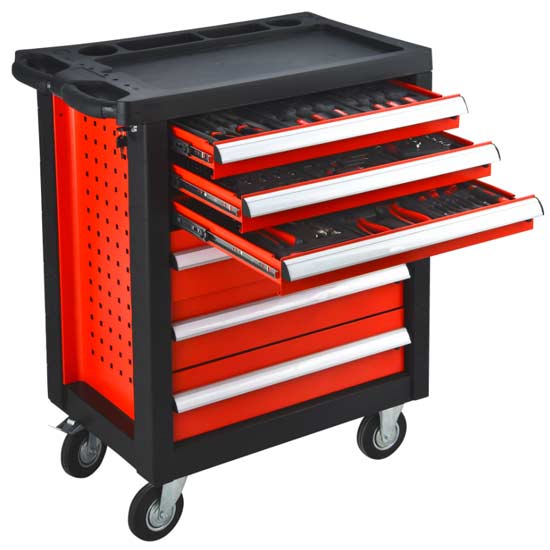 Steel Tool Cabinet
Steel Tool Cabinet
 Large Tool Cabinet
Large Tool Cabinet
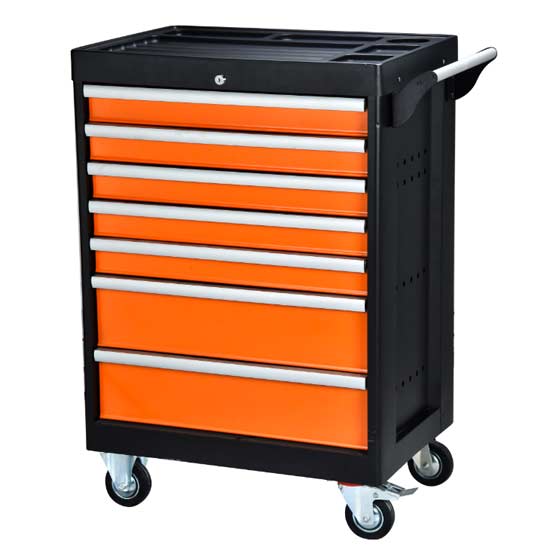 Tool Storage Cabinet
Tool Storage Cabinet
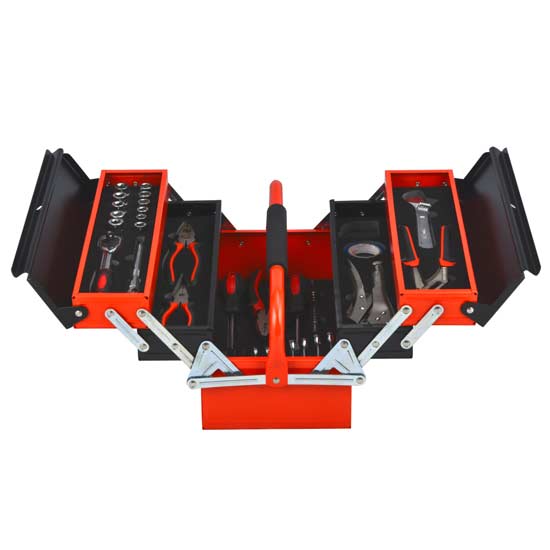 Metal Tool Box
Metal Tool Box
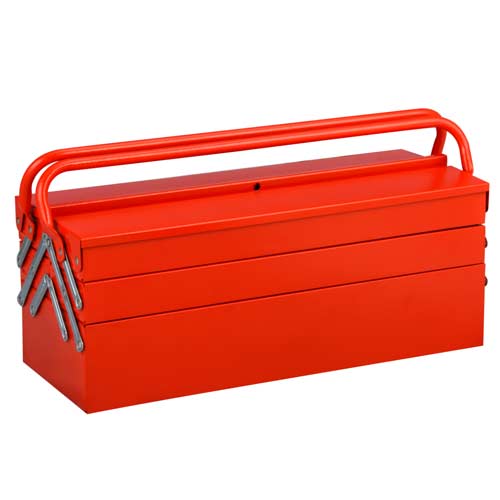 Large Metal Tool Storage Box
Large Metal Tool Storage Box
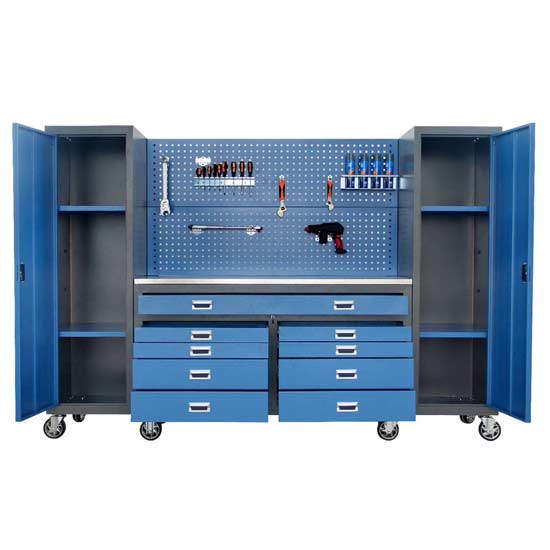 Blue Metal Tool Cabinet
Blue Metal Tool Cabinet
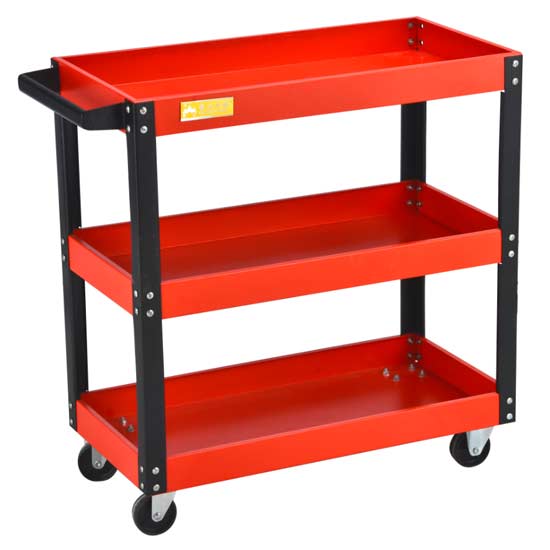 Red Steel Tool Trolley
Red Steel Tool Trolley
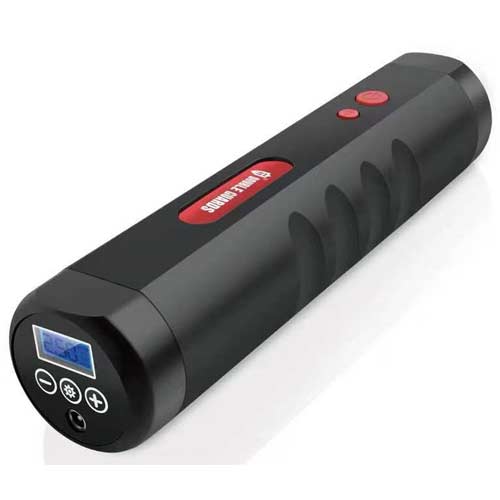 Portable Tire Inflator
Portable Tire Inflator
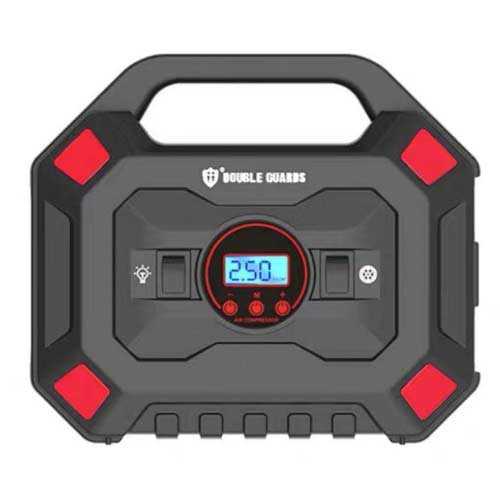 Custom Tire Inflator
Custom Tire Inflator
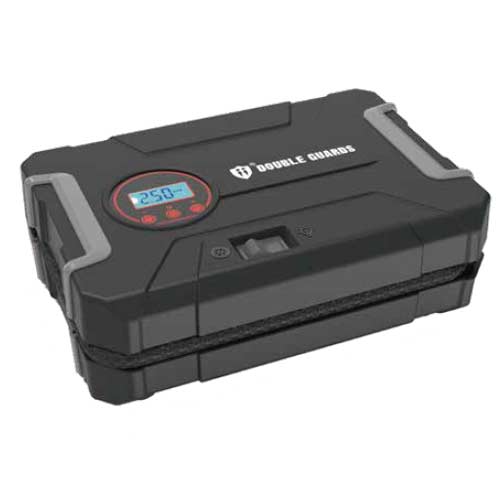 Tire Pressure Pump
Tire Pressure Pump
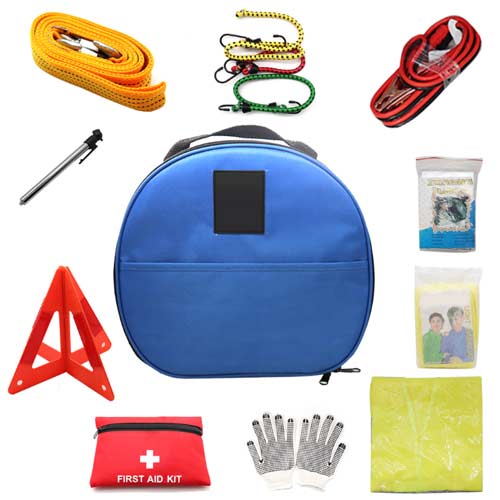 Auto Emergency kit
Auto Emergency kit